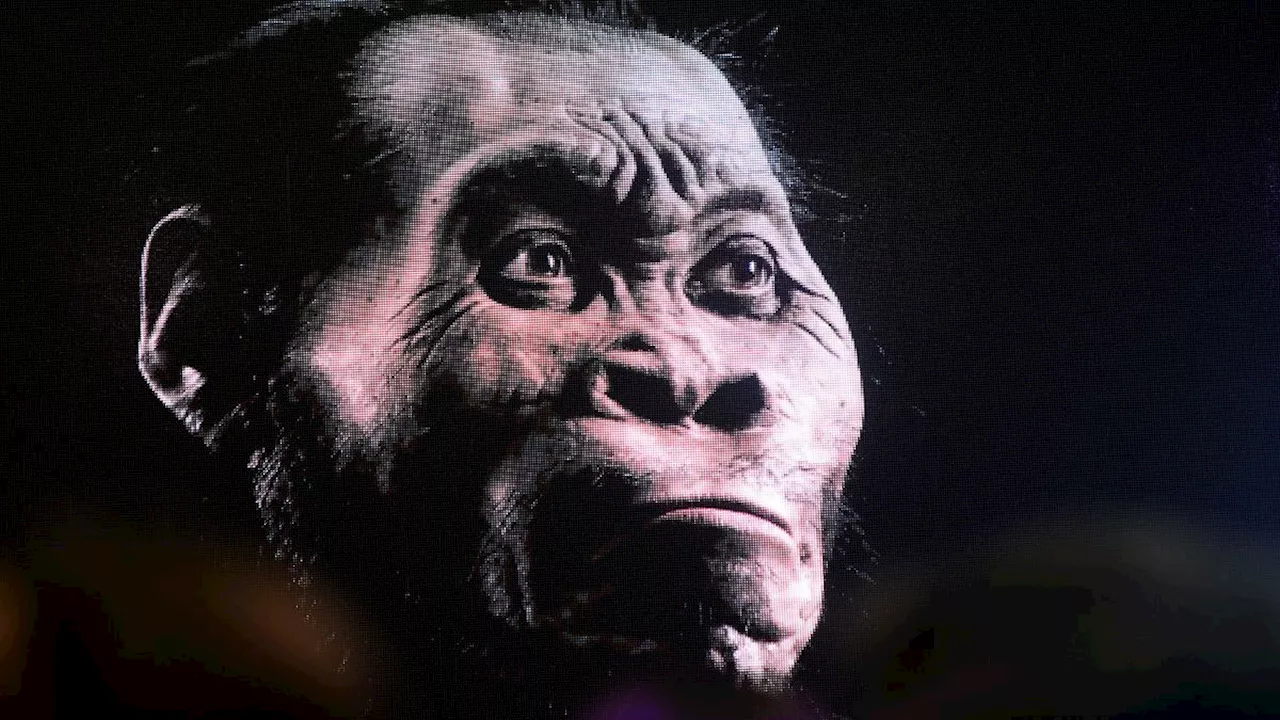A group of archaeologists argues that there is no convincing scientific evidence to support the claims that the ancient human relative Homo naledi deliberately buried their dead and engraved rocks in a South African cave.
There's "no convincing scientific evidence" behind the extraordinary claims that the ancient human relative Homo naledi deliberately buried their dead and engraved rocks deep in a South African cave around 300,000 years ago, a group of archaeologists argues in a new commentary. H.
naledi became a lightning rod of controversy earlier this year after a team claimed the extinct hominin with an orange-size brain carried its dead into the Rising Star cave system, lit fires and engraved abstract patterns and shapes onto the walls — complex behaviors previously known only in larger-brained modern humans (Homo sapiens) and our close cousins. The team courted backlash, in part, because they announced their controversial findings in a conference speech and three preprint studies that weren't peer-reviewed, which frustrated some scientists, National Geographic reported at the time. The online journal eLife accepted the preprints, initially posted to bioRxiv in June, for a public peer-review assessment, which concluded that there was "incomplete" evidence behind the claims
Archaeologists Homo Naledi Ancient Human Burials Engravings South African Cave
日本 最新ニュース, 日本 見出し
Similar News:他のニュース ソースから収集した、これに似たニュース記事を読むこともできます。
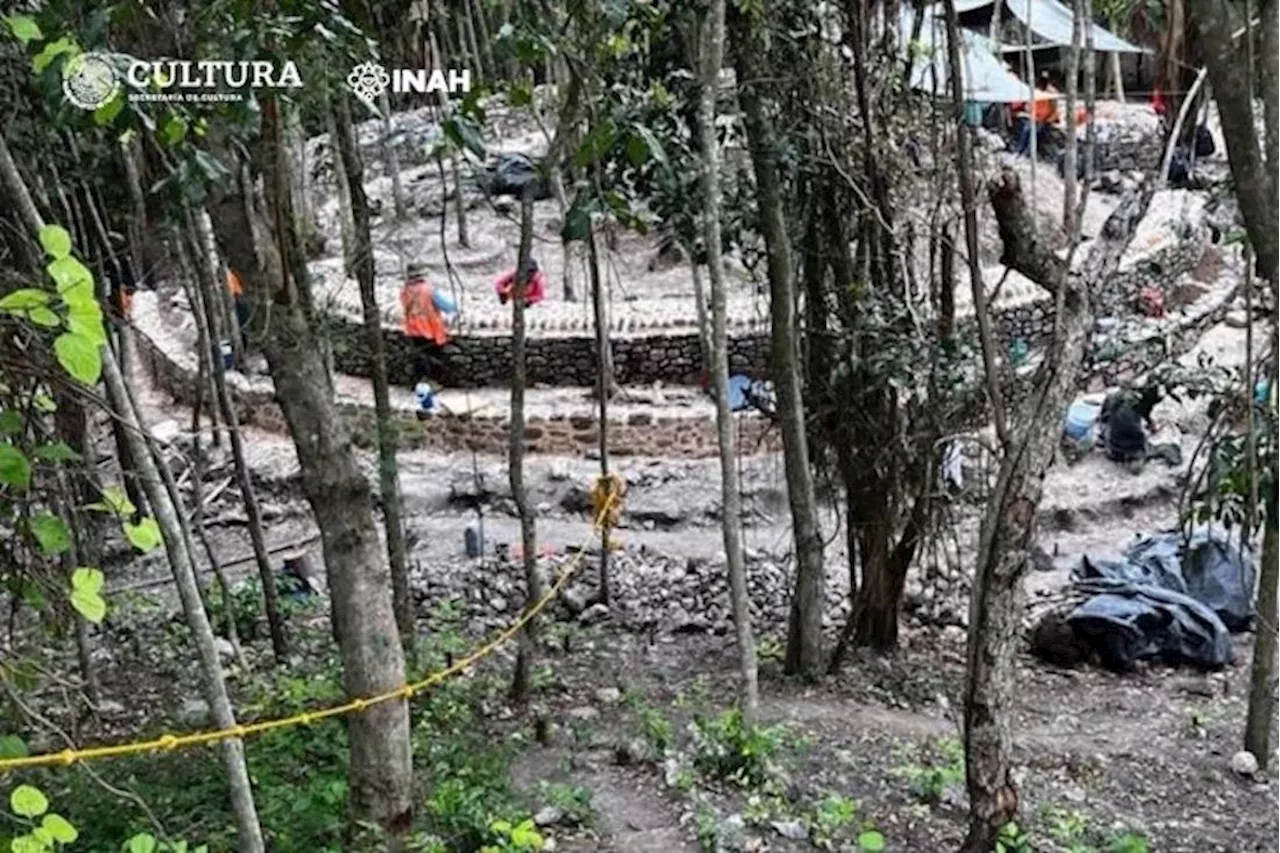 Archaeologists Discover Ancient 'Cult' Circular Structure in JungleThe structure dates to the period 1000-1200 A.D. and could be linked to the cult of a serpent deity that was prominent in Maya mythology.
Archaeologists Discover Ancient 'Cult' Circular Structure in JungleThe structure dates to the period 1000-1200 A.D. and could be linked to the cult of a serpent deity that was prominent in Maya mythology.
続きを読む »
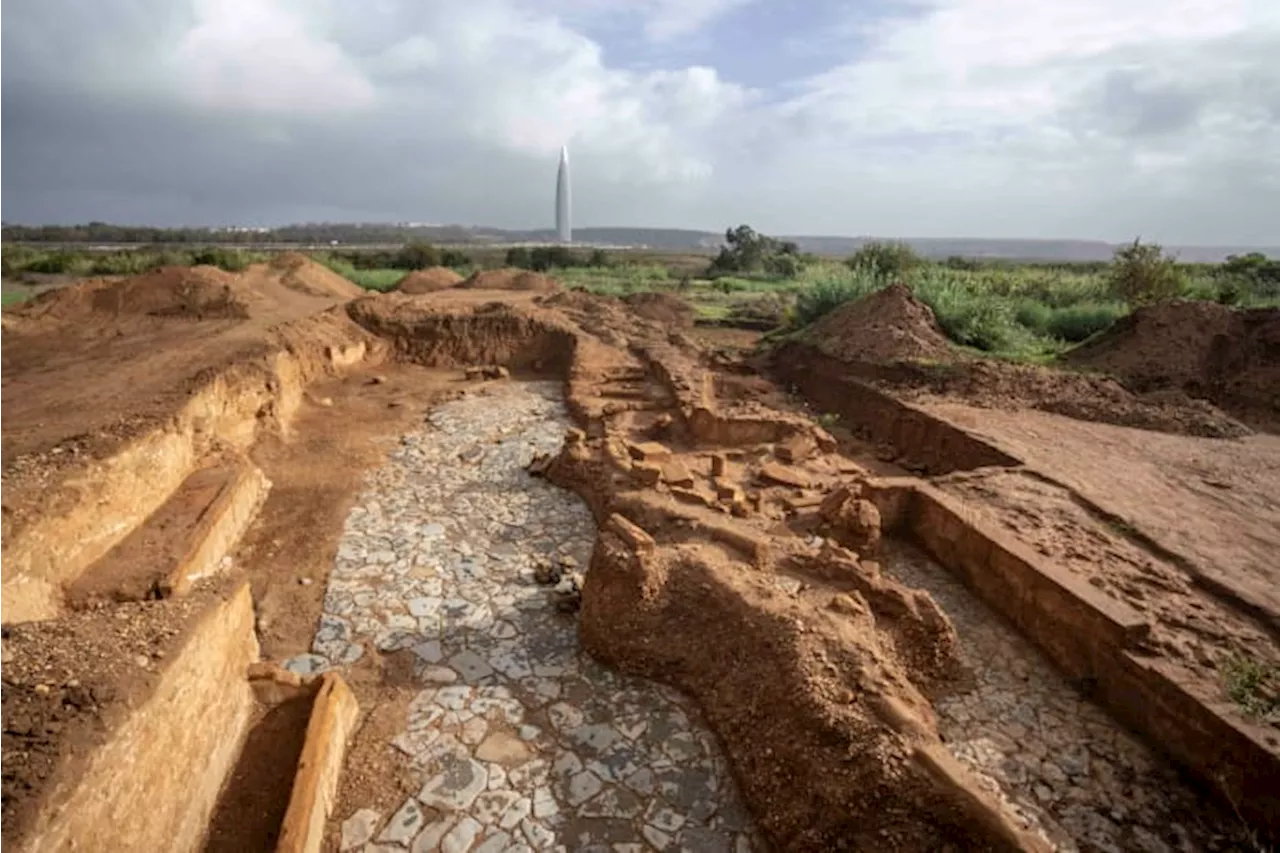 Moroccan archaeologists unearth new ruins at Chellah, a tourism-friendly ancient port near RabatArchaeologists have unearthed more ancient ruins of what they believe was once a bustling port city near the capital of modern-day Morocco.
Moroccan archaeologists unearth new ruins at Chellah, a tourism-friendly ancient port near RabatArchaeologists have unearthed more ancient ruins of what they believe was once a bustling port city near the capital of modern-day Morocco.
続きを読む »
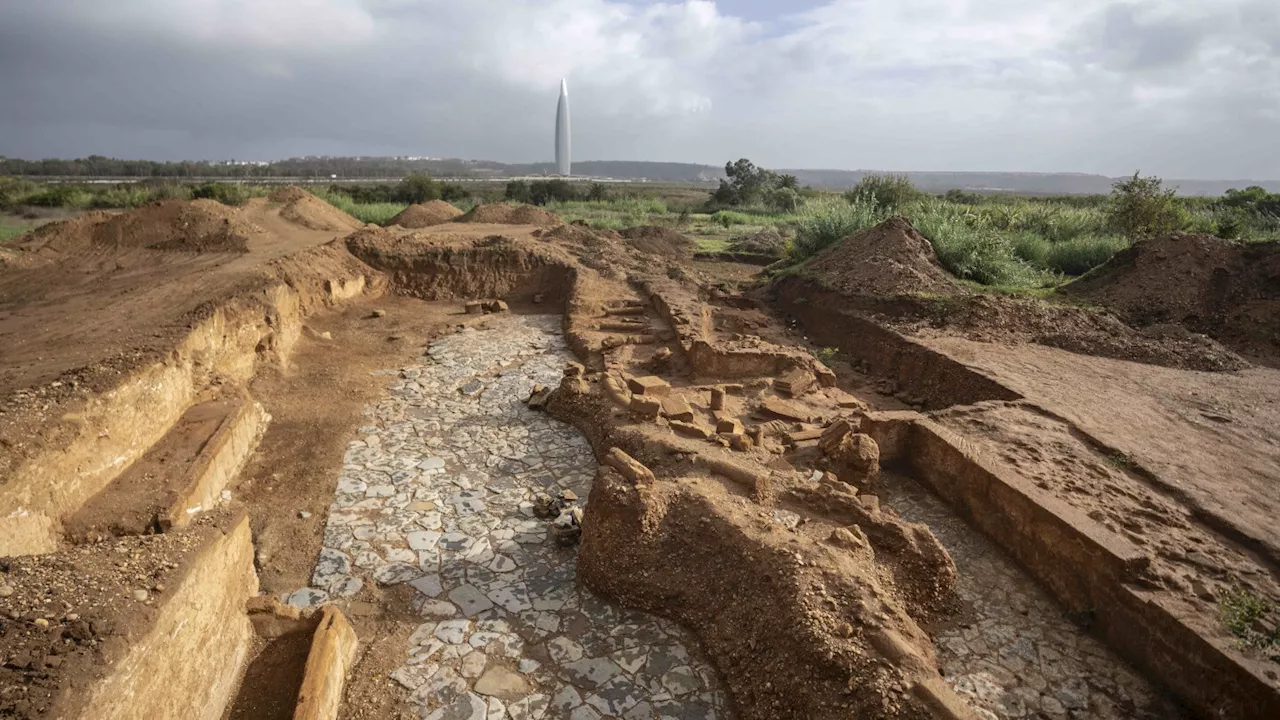 Moroccan archaeologists unearth new ruins at Chellah, a tourism-friendly ancient port near RabatArchaeologists have unearthed more ancient ruins of what they believe was once a bustling port city near the capital of modern-day Morocco. Researchers from Morocco’s National Institute of Archaeological Sciences and Heritage on Friday presented new discoveries made this year at Chellah. The site is a 1.2-square-mile or 3.
Moroccan archaeologists unearth new ruins at Chellah, a tourism-friendly ancient port near RabatArchaeologists have unearthed more ancient ruins of what they believe was once a bustling port city near the capital of modern-day Morocco. Researchers from Morocco’s National Institute of Archaeological Sciences and Heritage on Friday presented new discoveries made this year at Chellah. The site is a 1.2-square-mile or 3.
続きを読む »
 Moroccan archaeologists unearth new ruins at Chellah, a tourism-friendly ancient port near RabatArchaeologists have unearthed more ancient ruins of what they believe was once a bustling port city near the capital of modern-day Morocco.
Moroccan archaeologists unearth new ruins at Chellah, a tourism-friendly ancient port near RabatArchaeologists have unearthed more ancient ruins of what they believe was once a bustling port city near the capital of modern-day Morocco.
続きを読む »
 Moroccan archaeologists unearth new ruins at Chellah, a tourism-friendly ancient portExperts believe the ruins were once a bustling port city near the capital.
Moroccan archaeologists unearth new ruins at Chellah, a tourism-friendly ancient portExperts believe the ruins were once a bustling port city near the capital.
続きを読む »
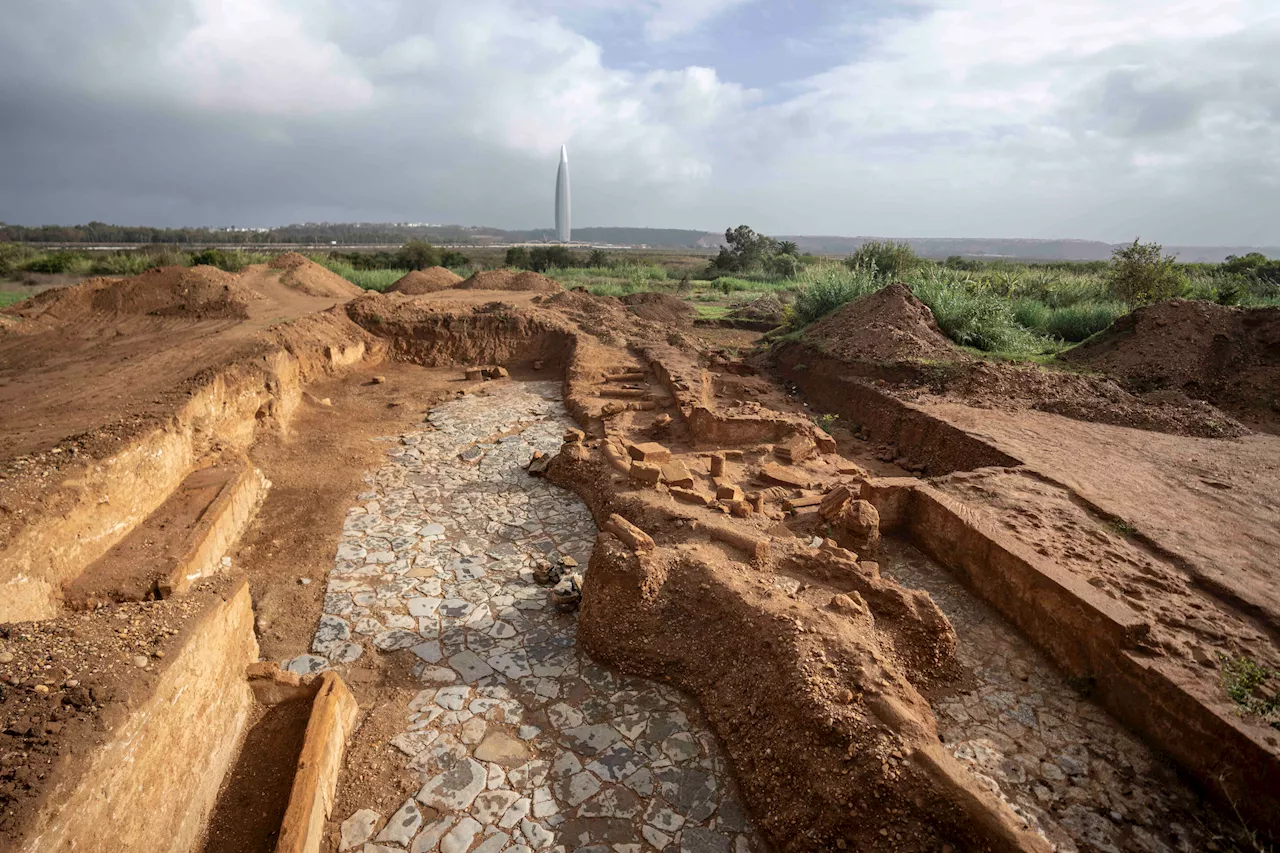 Moroccan archaeologists unearth new ruins at Chellah, a tourism-friendly ancient port near RabatArchaeologists have unearthed more ancient ruins of what they believe was once a bustling port city near the capital of modern-day Morocco, digging out thermal baths and working class neighborhoods that the country hopes will lure tourists and scholars in the years ahead.
Moroccan archaeologists unearth new ruins at Chellah, a tourism-friendly ancient port near RabatArchaeologists have unearthed more ancient ruins of what they believe was once a bustling port city near the capital of modern-day Morocco, digging out thermal baths and working class neighborhoods that the country hopes will lure tourists and scholars in the years ahead.
続きを読む »
